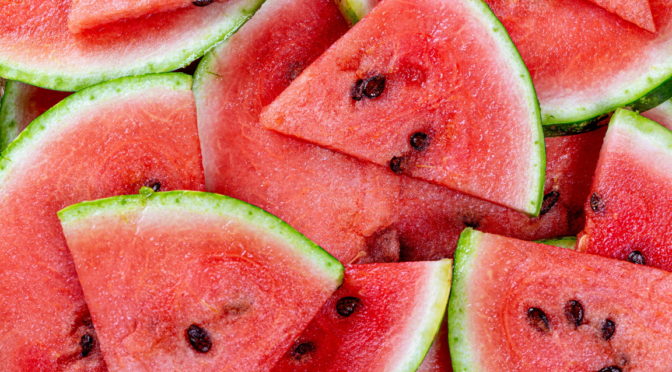My friend Anna recently asked the somewhat random question:
How many watermelons would it take to equal the volume of the moon?
As a fan of Randal Munroe’s “What If?” articles, I felt compelled to take a shot at answering this question.
According to watermelon.org, there are over 1,200 varieties of watermelon grown in 96 countries. That’s a lot of variation; in order to make this simple, we’re going to use a single variety of watermelon as representative of the entire group. To be more scientifically robust, it would be better to gather information on a larger number of watermelon varieties and calculate an average from there.
I look forward to receiving a grant in order to refine this research accordingly.
According to gardening site Harvest to Table, the “Bush Charleston Gray” watermelon is a popular choice for home gardens, so we’ll use that as our “standard” watermelon if for no other reason than it was first on the page. (See previous comments about needing a wider sample, I look forward to funding.)
Continuing to cite random sources in order to look scholarly, the Everwilde Farms page for Charleston Gray Watermelon seeds says this variety can grow up 24″ long and 10″ wide, or about 60 centimeters by 25 centimeters.
The volume of a cylinder is calculated by the formula
V = π x radius2 x lengthThat tells us the volume of our “standard watermelon” is approximately 117,750 cubic centimeters, or 0.11775 cubic meters. (A watermelon isn’t a perfect cylinder, but at the scale we’re talking about, this is pretty much a wash.)
According to NASA (because who else are you gonna trust for space stuff?), the volume of Earth’s moon is 10^10 cubic kilometers, or 10^19 cubic meters.
So, one moon at 10^19 cubic meters, divided by one watermelon at .011775 cubic meters is roughly 84,925,690,000,000,000,000 watermelons to equal the volume of of one moon.
I suggest you try not to eat it all at once.
(Watermelon image via flickr user Marco Verch/wuestenigel, used under Creative Commons Attribution 2.0 Generic)
